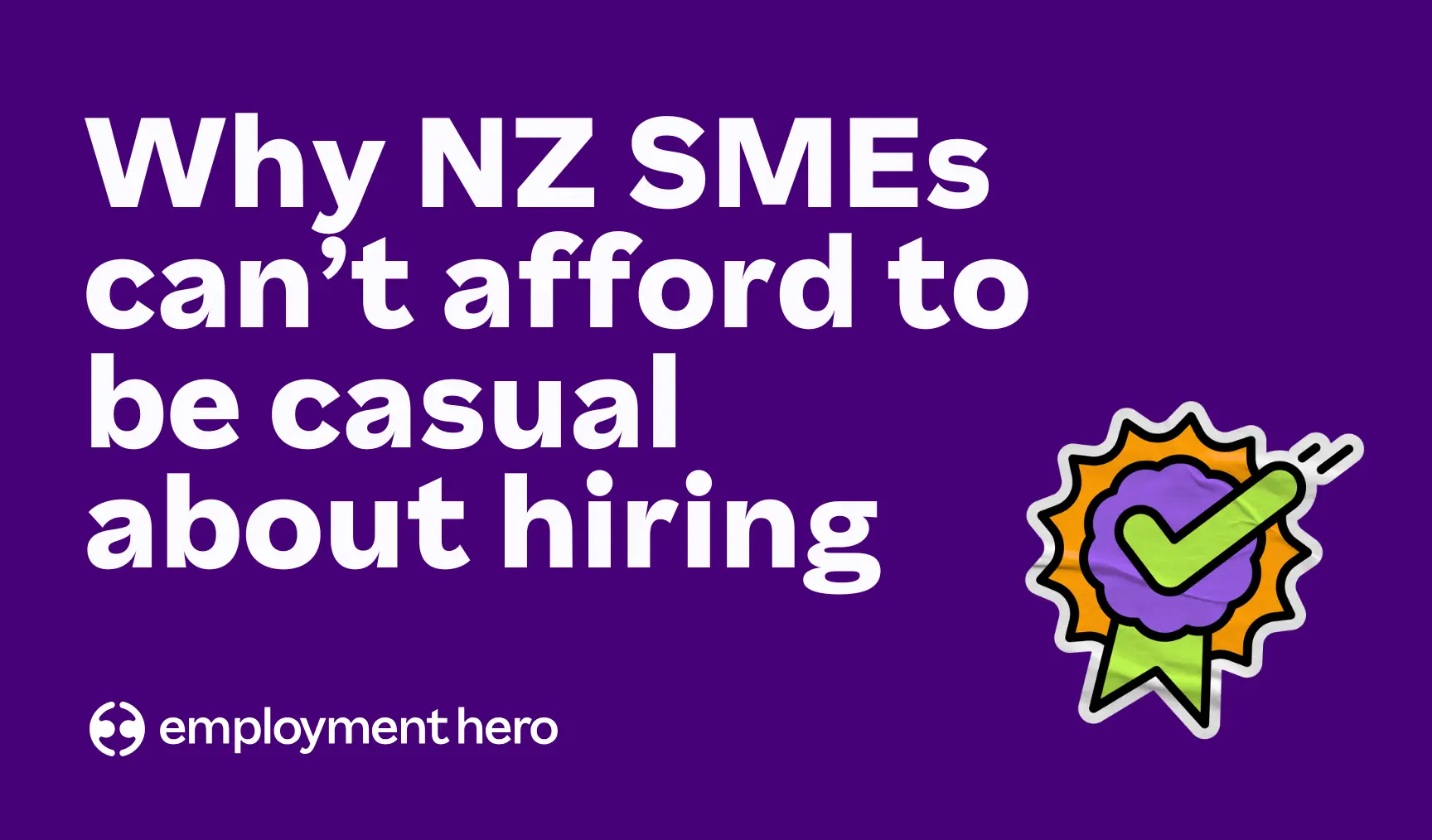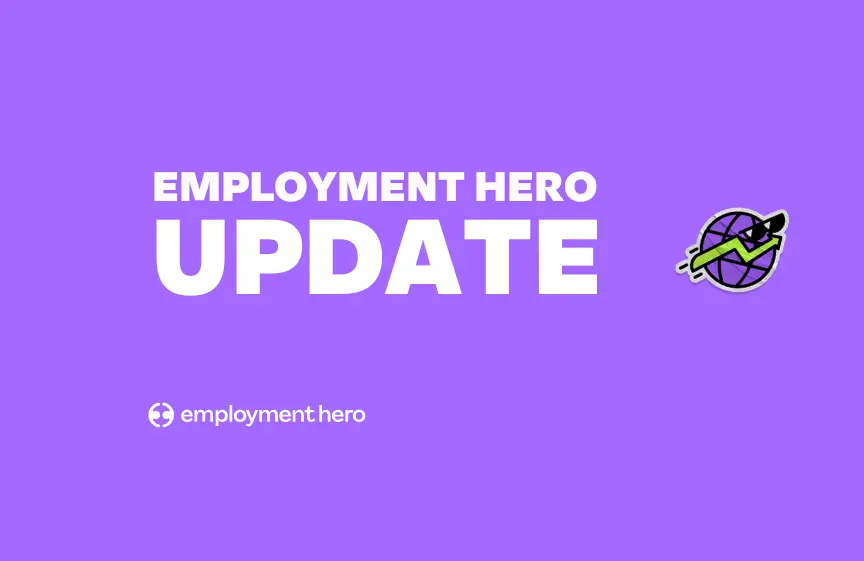Cash flow forecast: How to create accurate projections in uncertain times
A cash flow forecast is important for your business and helps you make strategic decisions. Learn how to create accurate projections in times of market volatility.

Contents
Poor cash flow can be caused by a variety of factors: delayed payments, spiralling expenses, decreasing profits and more. But we’re facing unpredictable times now — cue high inflation, rising interest rates, fluctuating stock indexes and surging energy costs, all at once. If not managed effectively, these factors can impact greatly on a company’s cash flow and lead to bigger issues later down the line.
Cash flow forecasting is no easy feat, but with these added macroeconomic factors, it has made an already challenging process even more complicated.
In fact, cash flow issues are the top reasons for small business failures in the UK and Australia, and the biggest business challenge and risk for small to medium enterprises (SMEs) in Singapore and Malaysia. That’s exactly why cash flow forecasting is no longer a ‘nice-to-have’, but a must-have.
It will not only help you understand your future cash situation to keep up with payments, but also enable you to spot any red flags to look out for. Reliable and realistic forecasting also helps you build better credibility and communication with stakeholders.
What is cash flow forecasting?
Cash flow forecasting, or cash flow projection, involves estimating your projected income and expenses over a set period of time. This helps you plan ahead and ensure that your business finances are in the green, or make adjustments to current spending.
Put simply, seeing the state of your cash flow can help you make informed business decisions. If your cash flow forecast suggests you’re going to have higher than normal costs and lower than normal earnings, it might not be the best time to buy new equipment. On the other hand, if your cash flow forecast suggests a surplus, it could be the right time to invest money in the business or expand to new markets.
The two key numbers to watch are:
- Net cash flow — this determines whether you’ll be depositing profits in the bank or scrambling to fulfil payments
- Closing balance — a negative amount suggests that you will have to cut down or delay expenditures, and seek alternate ways of financing your business
The best practice, according to industry standards, is to forecast cash flows up to 13 weeks ahead to ensure effective visibility.
Key terms to understand: Cash inflows vs cash outflows
In order to create and calculate a good cash flow forecast, there are two key concepts to understand:
- Cash inflows and accounts receivable (AR): refers to money owed to your business, such as proceeds from sales of goods and services, return on investments, government grants, rebates, bank loans, and other lines of credit. Maintaining a strong cash inflow helps to keep your business afloat, and enable you to reinvest and grow your business.
- Cash outflows and accounts payable (AP): refers to anything the business will need to spend on, such as salaries, taxes, overheads, payments to suppliers and vendors, rent, and inventory. Minimise these expenses as best you can to help keep your cash outflow low.
How do you calculate a cash flow forecast?
1. Get your documents ready
Your financial statements, tax reports and payroll reports should be ready for easy reference before you get started. This includes all data about your business’s income and expenses.
2. Find your opening bank balance
Your opening balance refers to the balance in your bank account at the start of a period.
3. Estimate cash inflows
Calculate an estimate of your anticipated cash inflows — such as invoices you expect to be paid, revenue, grants, loans and investments.
4. Estimate cash outflows
Consider cash outflows such as expenses on rent, utilities, materials, marketing, taxes, payroll, insurance, bills, and one-off or seasonal expenses.
5. Calculate the net cash flow
Use this formula to calculate your total cash flow:
Estimated cash inflows – estimated cash outflows = net cash flow
6. Obtain your closing balance
Simply add your net cash flow amount to your opening bank balance in order to obtain your closing balance. Is it negative or positive? That’s going to affect your business strategy in the months to come.
Tips on creating an accurate cash flow forecast in uncertain times
Planning in the face of uncertainty isn’t easy at all. The trick to forecasting your cash flow as accurately as possible is being adaptable and revising business plans by leveraging data.

1. Focus on flexibility and agility
In pre-Covid times, smaller businesses typically prepare a financial forecast at the end of each financial year. In uncertain times though, old processes have to make way for new ones.
Relying on historical data and trends aren’t entirely appropriate anymore, and it’s important for businesses to be flexible in adopting agile forecasting. To improve the accuracy of cash flow forecasts, businesses need to make a shift towards short-term forecasts in order to quickly accommodate any changes.
Being able to identify market trends on-demand and adapting quickly to unexpected changes is key to a reliable prediction. Some key things to implement include:
- Use recent actuals to guide re-forecasting, with guidance from historical data (e.g sales, salaries, utilities, seasonal inventory numbers and more)
- Re-forecast at frequencies that make sense — e.g weekly for cash flows and quarterly for large operational expenses
2. Leverage scenario planning
Scenario planning and stress testing allows you to be proactive by predicting the different scenarios your business could be in, and how you can manage your cash flow needs effectively in each scenario. These forecasts should be revisited and adjusted on a weekly or monthly basis to reflect new changes.
Creating such models enables you to assess the impacts on metrics such as revenue, costs, and cash flow, as well as your company’s performance. This can provide you with the necessary insights to make decisions swiftly and confidently.
Here’s how you can go about doing it:
- Prepare cash flows under various scenarios
- Assign realistic probabilities to each scenario
- Multiply the cash flow with their respective probabilities to calculate probability-weighted expected cash flows
To do scenario modelling well, you have to pick the right variables and business drivers to test, and compare it against your key performance indicators (KPIs). From here, you’ll be able to see the direct implications when these variables are adjusted. Having a solid data infrastructure will facilitate greater efficiency in developing these models — to ensure results as accurate as possible.
When planning for your business in uncertain times, the main focus should be on operational steps to weather cash crunches. It’s always crucial to prepare for all scenarios, especially downturns and how your headcount planning might be impacted. When preparing your scenario models, you should take into account issues such as:
- Is the business’s cash flow sustainable if you stick to your existing hiring plans?
- Are you struggling with high staff turnover rates?
- What key types of roles (e.g. executive hires, remote working roles) can you maintain without adversely affecting your cash flow situation?
- Is there any way you can automate HR processes so your team is more dynamic and efficient for business needs?
- What other hiring plan changes can you make to maximise performance while minimising cash flow implications?
- Are there any government support schemes that will help alleviate labour costs?
3. Ensure you have robust systems and processes in place

If processes to create a cash flow forecast are extremely manual and administratively taxing, it makes generating weekly re-forecasts impossible. This manual way of doing things pulls valuable resources away from strategic functions, and also increases the risk of human error.
With the current economic climate, consider adopting an automated cash forecasting process. It enables data to be refreshed quickly and dashboards to be generated that can assist with forward planning.
Apart from being able to provide scenario-based forecasts, software solutions also provide driver-based forecasting — whereby assumptions are included, and managers can use simulation models to make quick adjustments to cash inflows and outflows. This enables them to quickly see how these changes affect cash positions, even if they do not have the time or resources to conduct a full forecast.
Automating your cash flow processes helps to increase cash flow visibility. When you centralise all your data sources into a single dashboard, you’re able to dive into both broad and granular details. It also helps to reduce time needed to create forecasts, freeing up more time and resources to focus on what’s important — analysis and strategy.
Not to mention, having everything automated also prevents human error with data entry in spreadsheets, allowing for greater accuracy. Streamline your cash flow procedures so you can better prepare for the future.
4. Improve working capital management
Another integral component of cash flow forecasting is to examine your cash conversion cycle. Your collections and payment cycles are likely to have changed in recent months.
With this in mind, it’s crucial to revisit fundamental metrics like days sales outstanding (DSO), days payable outstanding (DPO), and days inventory outstanding (DIO), and identify ways you can manage your working capital more effectively by leveraging your standing with vendors and customers.
Evaluate vendor relationships individually — identify those you owe payments to, how often you pay them, and work out if a different cadence of payment would work in your favour. Ideally, take advantage of things like early payment discounts to boost your profit margin.
Consider any potential delays in collections from customers — how long are you waiting on customer payments? The lag time between businesses paying for materials and production, and customers paying for the finished product can cause cash flow problems. Be proactive as soon as you notice an issue, particularly with customers who often pay late — focus on getting the cash into your account with punctual invoicing and constant communication.
Depending on the nature of your business, you’ll want to keep inventory low so you can preserve as much cash as possible. The more money you have tied up in your inventory, the less you’ll have for essential payments like wages and supplier bills. Keep operations lean and mean to enhance flexibility in your business, rather than buy in bulk to benefit from economies of scale.
You should also review whether there is a need to diversify your pool of suppliers, and adjust working capital levels. Being heavily reliant on a few suppliers for key parts of your business can be debilitating for your cash flow if they go under, or are adversely affected by current conditions. Consider substitutions or localising parts of the supply chain if necessary.
5. Secure a finance fallback plan
You don’t want to find the business struggling to survive before scrambling to secure a finance fallback plan. Never wait till it’s too late! Having a healthy cash reserve on hand is a must, but it takes time to build it up — so in the meantime, assess the availability of lines of credits and other financing alternatives such as business loans or government loans. Talk to a commercial finance broker or your bank about the options suitable to you and your business.
What to do if your cash flow forecast doesn’t look good
If you’re keen to find out how you can improve your income, here are some essential tips for getting your cash flow going that you can take action on today.
Another way to ensure you’re constantly ahead of the game is to revisit your pricing strategy or refresh your business plan — you can’t let your profit margins suffer while operating costs, staff payroll, and other expenses keep rising.
Above all, you should speak to an accountant for specific advice on your current situation.
Manage your business more efficiently through uncertain times
Payroll expenses can put pressure on cash flow when business conditions become unpredictable. Capitalise on a payroll and HR software solution like Employment Hero to help you manage HR and payroll processes more efficiently through automation — minimising human error, saving hours of manual administrative work and reducing costs on resources. The reporting and analytics tools also enable you to make better business decisions with complete oversight over company data.
Related Resources
-
 Read more: 10 customer service interview questions for employers
Read more: 10 customer service interview questions for employers10 customer service interview questions for employers
Hiring for a customer service role? These 10 interview questions will help you find the right person for the job.
-
 Read more: Still Coasting? Why NZ SMEs Can’t Afford to Be Casual About Hiring
Read more: Still Coasting? Why NZ SMEs Can’t Afford to Be Casual About HiringStill Coasting? Why NZ SMEs Can’t Afford to Be Casual About Hiring
The casual approach to hiring is costing you – find out how to snap out of it.
-
 Read more: SEEK Cut the Cord. Here’s What We’re Doing About It.
Read more: SEEK Cut the Cord. Here’s What We’re Doing About It.SEEK Cut the Cord. Here’s What We’re Doing About It.
Seek is ending Employment Hero’s API access. Read about what we’re doing and how we are building a faster and…











